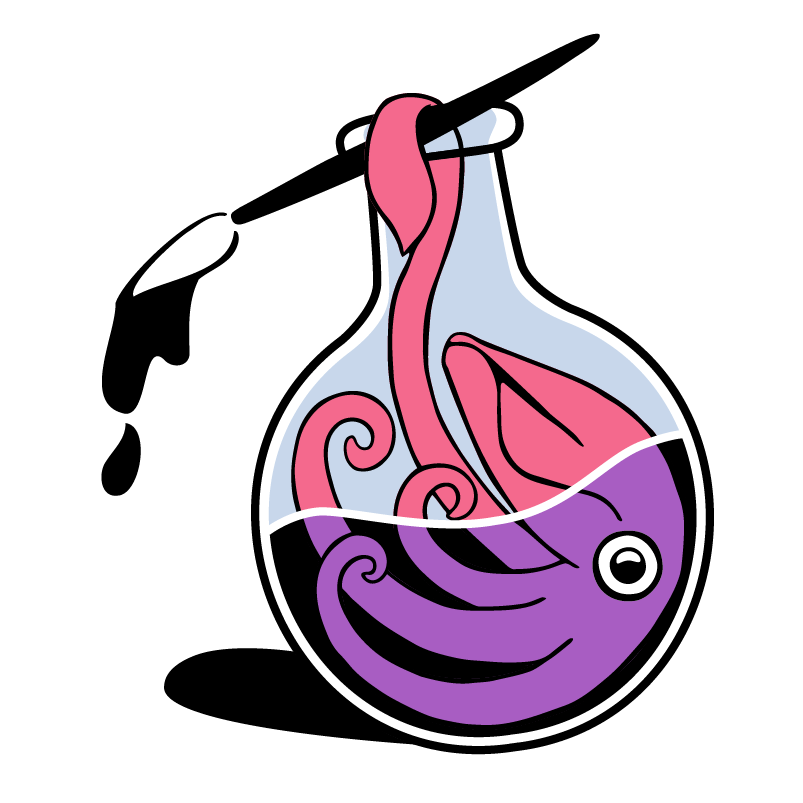Complex I - NADH: Ubiquinone Oxidoreductase
Complex I is the first protein complex in the electron transport chain. At 45 protein subunits, it is the largest of the protein complexes. It is the entry point for electrons into the ETC.
Explore the 3D structure of Complex I:
Complex I (CI) is held in place in the mitochondrial inner membrane by a hydrophobic membrane arm containing proton pumps. Extending out from the membrane arm is the hydrophilic arm that protrudes into the mitochondrial matrix. It is in the matrix arm that the redox reactions that power the ETC take place.
A closer look at Complex I
Along the length of the matrix arm of CI are eight small clusters consisting of sulfur and iron ions.
These [Fe-S]ₙ clusters are a type of electron carrier. They are held in place by cysteine ligands. Their job is to relay electrons between FMN and ubiquinone. By transferring electrons through this series of [Fe-S]ₙ molecules, this allows CI (and other [Fe-S]ₙ-containing protein complexes in the ETC) to be able to harness the energy released in each redox reaction. This energy is used by CI to pump protons through the inner membrane against their concentration gradient.
Redox Reactions of Complex I
-
Reduced nicotinamide adenine dinucleotide (NADH) molecules formed in pyruvate oxidation and the citric acid cycle (TCA) enter the ETC.
-
A flavin mononucleotide (FMN) prosthetic group oxidizes NADH molecules entering the ETC from the TCA.
NADH → NAD⁺ + 2e- + H⁺
-
FMN gains a hydride ion (H⁻) from NADH (second H⁺ comes from a nearby animo acid ligand), forming FMNH₂ and NAD⁺. NAD⁺ then leaves CI into the cytosol to be recycled in pyruvate oxidation.
FMN + H⁻ + H⁺ → FMNH₂
-
Two electrons from FMNH₂ are relayed, one at a time, along [Fe-S]ₙ clusters up through the matrix arm.
FMNH₂ → FMNH + H⁺ + e- → FMN + H⁻ + H⁺
-
The final destination for electrons in Complex I is the electron carrier ubiquinone (Q). it docks in the membrane arm and waits for electrons from a 4[Fe-S] cluster. Ubiquinone is reduced twice, first forming a semiquinone radical (QH) and then a fully reduced ubiquinol (QH₂) molecule. Ubiquinol leaves CI and travels through the inner membrane to enter the Q cycle in CIII.
Q + e- + H⁺ → ·QH + e- + H⁺ → QH₂
